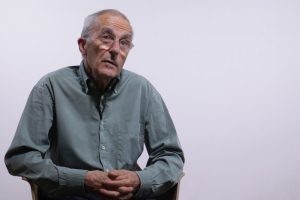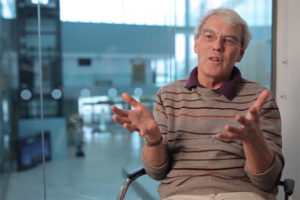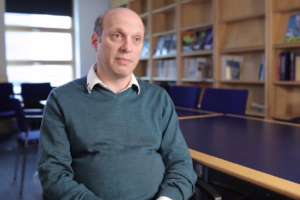Genetics of the Nature
Geneticist Steve Jones on obesity, biology of Homos and genetics' influence on people's lives
How to convert brain cells to the cells of the liver? Does the universal cell exist? How to reprogram a developed cell? MIT Professor of Biology Rudolf Jaenisch lifts the veil.
There is nothing like an irreversible cell state. And indeed, following these discoveries of IPS cells we are now able to convert a fibroblast to an IPS cell and then the IPS cell to a liver cell or directly take the fibroblast and make directly a liver. It’s called transdifferentiation. So, suddenly, we had to realize: things are much more flexible. So, what is behind that?
Now we are able to switch that, switch the different types of pattern, of epigenetic modifications, where cell types differ to one to each other. And, I think, the IPS approach led the way where we learnt how to do that and, I could go into, what one has to do. It becomes clearer and clearer although there is much to learn. So, I think, it has a major developmental dimension – the IPS cells – to learn what’s the difference between the two types of cells. It gives us an ability to convert one cell type to the other and it will have, I think, enormous potential to study human diseases and potentially to call for therapies.
The question really would be: can you make organs? IPS cells or embryonic stem cells are able to make organs in the embryo in the context of a developing embryo, sure, but that’s not what we can do with human cells. So with human cells we can ask the question: can you make a liver in the Petri dish? And the answer is no. We can make liver cells but not a liver.

Geneticist Steve Jones on obesity, biology of Homos and genetics' influence on people's lives

Molecular Biologist Richard Henderson on new protein structures, experiments with electron cryomicroscopy, and...

Molecular Neurogeneticist David Rubinsztein on neurodegenerative diseases, stem cells, and fluorescent protein...